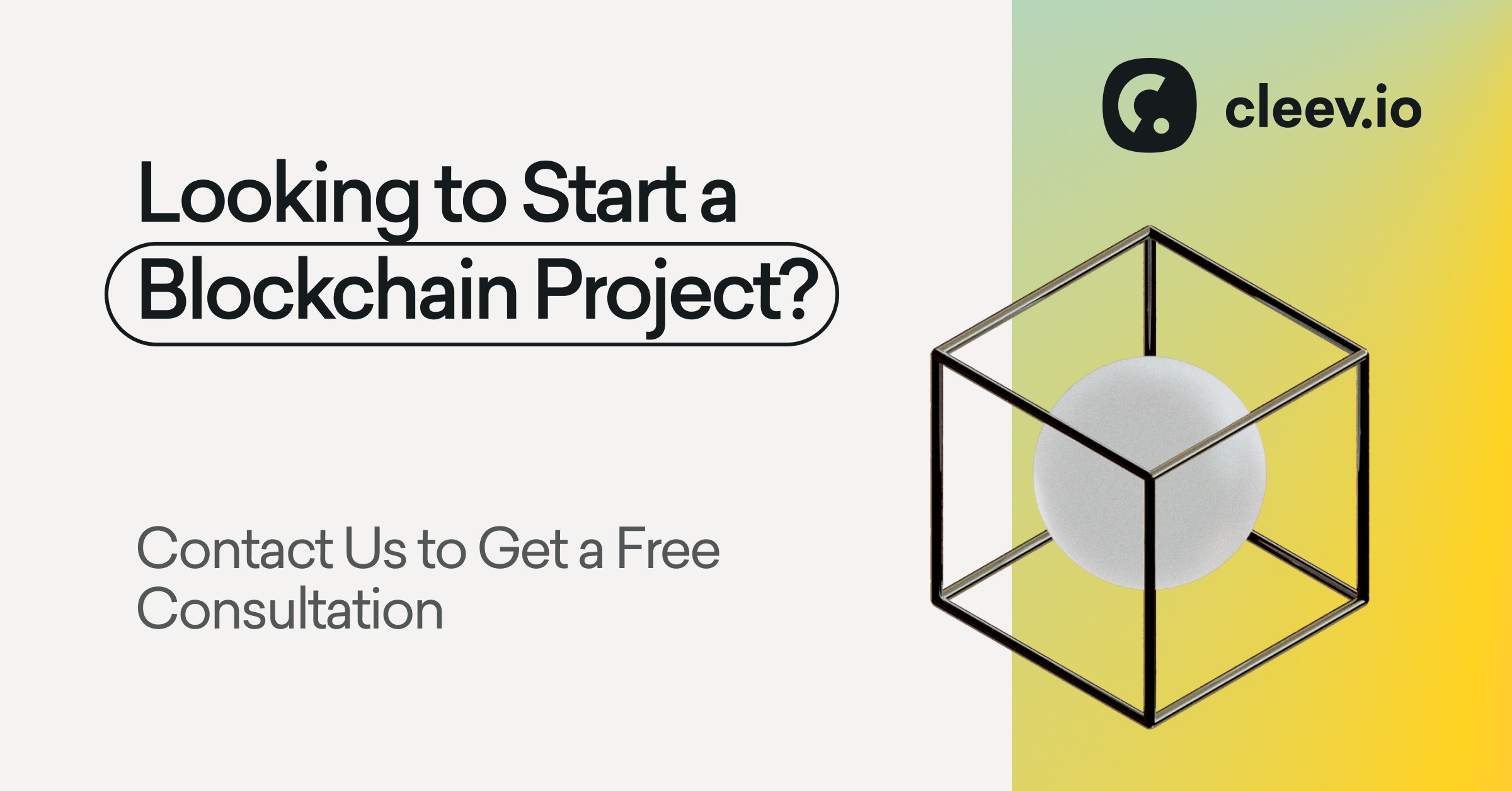BabylonChain Rebrand With Lead Designer
Dec 12, 2023
Jan Hetfleiš
In this interview, we sit down with our lead designer, Adam Kozel, to uncover the story behind Babylonchain's striking web redesign. Embark on a journey with us as Adam reveals the challenges, inspirations, and strategic decisions that shaped the transformation of Babylonchain's digital identity. From the initial concept to the final implementation, learn how our team reimagined a website that not only aligns with but elevates the brand's evolving vision in the dynamic world of web3.

What were the main goals and tasks set for this web redesign project?
Our primary goal was to revitalize Babylonchain's visual identity and develop a new website. This new site should not only be in line with the updated branding, but also better inform visitors about Babylonchain and effectively showcase its offerings.
How did you align the design with what Babylon Chain does?
Our approach is a multi-step process at the beginning of each project. First, we work closely with the client to understand their background and vision. We then conduct thorough research on the product, current branding, and website user interface. This extensive groundwork ensures that our design is perfectly aligned with what Babylon Chain stands for and strives to achieve.
What were your first impressions when you reviewed the original website before the redesign?
The client expressed dissatisfaction with the existing state of the site. Like many emerging web3 projects, their initial site was a simple representation during the start-up phase. However, as they grew, the need for a more robust and professional platform became apparent - one that could properly showcase their evolving product and brand.

Were there any specific design issues or challenges?
The biggest challenge was the lack of a cohesive brand and clear brand direction. We started the project with minimal groundwork from previous iterations and were tasked with building a new, distinctive brand identity on top of an already established visual foundation.
Can you describe the overall design process, from concept to implementation?
Our design process is both comprehensive and client-centric. It starts with understanding the client's expectations and background, followed by workshops to delve into their business and product. We prioritize gathering all the necessary data before embarking on the creative journey, which includes mood boards and brainstorming sessions to refine the brand concept.
Once we have a clear direction, we explore different brand variations to find the perfect fit. We take a content-first approach, ensuring that all website content is prepared in parallel with design development. The process culminates in the design and fine-tuning of the site, integrating all the content, inspiration and direction we've gathered.
One interesting aspect of this project was my involvement in both design and front-end development, which allowed for a seamless transition from Figma designs to responsive, interactive prototypes in Framer.

How did you ensure that the redesigned website was user-friendly?
User-friendliness was a top priority. We followed standard accessibility guidelines, focusing on appropriate contrasts, font sizes, and the inclusion of necessary accessibility features. This ensured that the site was not only aesthetically pleasing, but also accessible to a wider audience.
Did you follow any principles or strategies when making design decisions?
Yes, our design philosophy is rooted in an information-first, content-first approach. We dedicate a significant portion of our process to research, gathering extensive data about the client and their competitors. This results in a detailed FigJam board that serves as a reference throughout the project, ensuring that our design decisions are informed and strategic.
Did you choose specific design elements or color schemes that reflect the brand's identity?
The challenge here was that we were working with an established brand, so we had to innovate while staying true to the existing brand archetype. We iterated extensively on color schemes and design elements and were able to create a brand that resonated with the established guidelines while bringing a fresh perspective.

Did you encounter any significant challenges during the redesign process?
The biggest challenge was working with Framer for a project of this size. While Framer is excellent for smaller projects, the complexity and scope of Babylonchain's needs pushed the tool to its limits.
How did you collaborate with Babylon Chain throughout the project?
Our collaboration with Babylon Chain was extremely close and productive. We communicated regularly, often in long, creative workshops. These sessions were key to developing effective solutions and fostered a highly creative and fruitful working relationship.
As we wrap up this exploration of Babylonchain's web redesign, it's evident that the right blend of creativity, strategy, and technical expertise can elevate a brand's digital footprint. This project highlights how impactful a well-crafted website can be for a company's identity. For those inspired by Babylonchain's transformation and looking to embark on their web redesign journey, our doors at CleevioX are always open for collaboration and innovation.

Building successful
products.together.
© 2008—2023 Cleevio
Lesnicka 1802/11
613 00 Brno
Mississippi House
Karolinska 706/3
186 00 Prague
Prague office
Brno office
CIN 18008844

